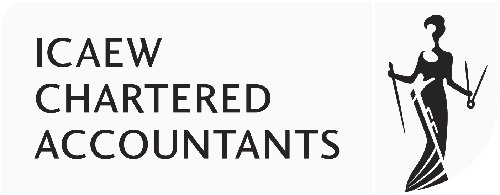UK and International Tax news
OECD Issues Updates To Model Tax Convention, 1995 Transfer Pricing Guidelines And 2008 Attribution Of Profits To Permanent Establishments Report
Friday 30th July 2010
The OECD has recently approved the 2010 versions of the OECD’s Model Tax Convention, the 1995 Transfer Pricing Guidelines and the 2008 Report on the Attribution of Profits to Permanent Establishments. The updates are the result of several years of work to improve these core OECD instruments in the area of international taxation.
The OECD Model Tax Convention is used by both OECD member countries and non-member countries as the basis for the negotiation, application and interpretation of their bilateral tax treaties. The Model and the worldwide network of over 3000 treaties based upon it provide a means of settling on a uniform basis the most common problems that arise in the field of international double taxation. They help to prevent those problems from operating as obstacles to the free movement of goods, services, capital and persons between countries.
The OECD’s Committee on Fiscal Affairs works on an ongoing basis to revise the Model Tax Convention and its Commentaries to address changing economic conditions. The 2010 update to the Model Tax Convention includes a new Article 7 (Business Profits), which completes the Committee’s work on the attribution of profits to permanent establishments. It also introduces new text relating to the granting of the benefits of tax treaties with respect to the income of collective investment vehicles, the application of tax treaties to State-owned entities (including sovereign wealth funds), tax treaty issues relating to common telecommunications transactions, and the application of Article 15 (Income from Employment) to employees who work for a short duration in a foreign country.
The OECD’s Transfer Pricing Guidelines for Multinational Enterprises and Tax Administrations provide guidance on the application of the “arm’s length principle”, which is the international consensus on the valuation for tax purposes of cross-border transactions between associated enterprises. In a global economy where multinational enterprises (MNEs) play an increasingly prominent role, consistent application of the arm’s length principle helps to ensure that the taxable profits reported by MNEs in the countries where they operate reflect the economic activity undertaken there and that taxpayers can avoid the risk of double taxation that may result from a dispute between two countries about the determination of the arm’s length remuneration for their cross border transactions.
The 2010 revision to the Transfer Pricing Guidelines is the first major revision to this document since the Guidelines were first released in 1995. It contains new and more detailed guidance on how to perform comparability analyses in practice in order to compare the conditions of transactions between associated enterprises with those of transactions between independent enterprises. It also includes new guidance on how to select the most appropriate transfer pricing method to the circumstances of the case and on how to apply in practice two of the OECD-approved transfer pricing methods, referred to as “transactional profit methods”, namely the transactional net margin method and the transactional profit split method. This update also includes a new chapter providing detailed guidance on the transfer pricing aspects of business restructurings.
These new guidelines will help both developed and developing countries ensure that MNEs do not use transfer pricing to shift profits into low-tax jurisdictions and, at the same time, that they will not be subject to double taxation. The guidelines should help reduce and resolve disputes between tax authorities. Of relevance in this context are the recommendations issued by the Committee on Fiscal Affairs in February 2007 on mandatory dispute resolution mechanisms. The revised guidelines have benefitted from input from non-OECD economies, and the OECD now has in place an extensive program to help those countries apply the guidelines.
The Report on the Attribution of Profits to Permanent Establishments which was approved in its original form by the OECD Council on 17 July 2008, provides guidance on the manner in which the arm’s length principle can be used in determining the profits attributable to a permanent establishment under Article 7 of the OECD Model Tax Convention. In order to fully implement the conclusions of the 2008 Report, the Commitee on Fiscal Affairs decided to draft a new version of Article 7, which now appears in the 2010 update to the Model Tax Convention. The Committee also decided to publish simultaneously with that update a modified 2010 version of the Report, which does not change the conclusions of the 2008 Report but simply deletes obsolete cross-references and aligns the Report’s wording with the text of the new Article 7 and the revised Transfer Pricing Guidelines.
If you would like discuss the updates in more detail, please contact Keith Rushen on +44 (0)20 7486 2378.
Contact Us


